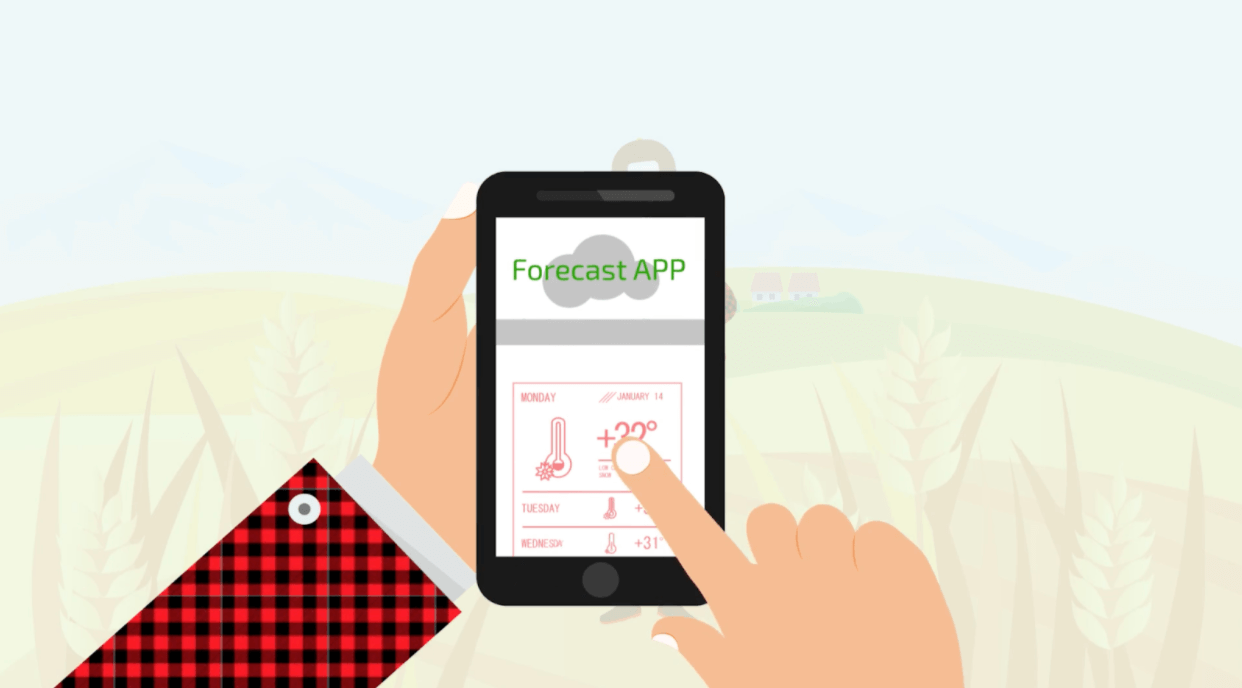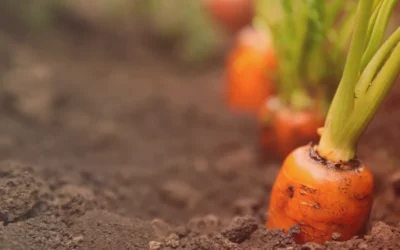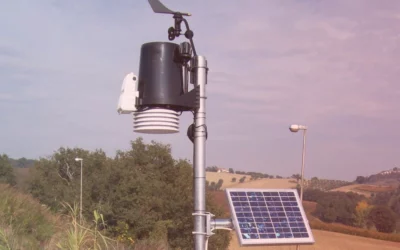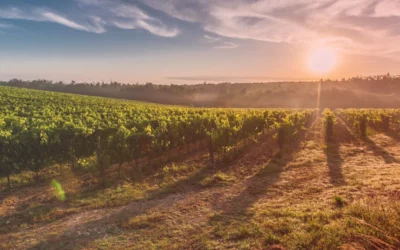Benchmark Labs: Bridging the Gap in Weather Forecasting
Benchmark Labs CEO Carlos Gaitan has been fascinated by weather and its impact on global activity for as long as he can remember. Growing up in Colombia, the son of a longtime employee for the National Federation of Coffee Growers, Gaitan saw how changing climate patterns impacted the economy, first-hand. An El Niño, he learned, could render a town supported by hydroelectric power without electricity for months at a time; unanticipated cold spells could result in an influx of pests that infected valuable crops and left local farmers scrambling. “The effects of climate change have become our reality,” Gaitan said. “You can not change the weather, but you can understand it and you can adapt.”
In 2019, alongside collaborator Christopher Lund, Gaitan founded Benchmark Labs with a goal of helping businesses do just that. Together, Gaitan (Ph.D, University of British Columbia) and Lund (Ph.D, Stanford) bring more than 15 years experience working with weather modeling, machine learning and atmospheric sciences to provide data-driven solutions to issues around environmental sustainability. With support from partners including NASA, the National Science Foundation, Techstars Sustainability Accelerator and The Nature Conservancy, Benchmark Labs uses patented weather forecasting technology to provide individualized, accessible, real-time weather analyses for the agriculture, energy and insurance sectors. The result for users is greater asset control, reduced operating costs, smarter investments and invaluable resource conservation. For small farmers, it could be the difference between a healthy harvest and a lost year of work. So — how does Benchmark do it?
Saving crops, reducing waste
The key is customization. Meteorology — or the study of weather — dates back as far as 3000 BC when ancient Indian writings made note of observed changes in the clouds. Some 2,000 years later, the first public weather forecasts were issued in Greece to give people the ability to plan around their crops. The subsequent millenia were accompanied by mass advancements in technology, including the development of the sensors and weather monitoring systems that we use today. But since the mid-20th century, the way that weather forecasts have been delivered to the public hasn’t really changed.
Right now, weather forecasting works like this: The world is divided into boxes, and in each of those boxes, there are sensors collecting data about the weather in the surrounding environment. When we check the weather app or switch on the morning news, the forecast that’s delivered is influenced by those sensors, which kick out an average for the entire demarcated box of land. Generally, the boxes are really big. That means variation in actual weather conditions from one side to the other can be pretty drastic, and the forecasts don’t take into account environmental changes across the land.
For a person wondering if they should or shouldn’t put on a coat before walking out the door, the limitations in accuracy aren’t a big deal. But for a local farmer — who knows a degree or two in temperature change can dramatically impact the viability of a particular crop — the variation really matters. As the effects of climate change have resulted in less predictability in weather, those working in the agricultural sector face a greater challenge than ever before as they navigate the impact of weather on crops and land. That’s where Benchmark Labs comes in.
The pilot trials we’ve conducted have found Benchmark Labs to improve the accuracy of weather forecasts by as much as 50% relative to existing products. Our patented technology provides asset-specific information for a specific location of interest, not average conditions over a broader area. Our machine learning algorithms continuously improve the forecasts we provide as more data is recorded over time. Benchmark delivers forecasts at the most local level, tailored specifically to the clients’ needs. And our analyses go beyond just temperature, rainfall and wind. In the case of farming, Benchmark can account for things like soil density, crop type, tree coverage and elevation when forecasting temperature and precipitation, allowing farmers a more accurate understanding of the needs of their crops. The forecasts also give farmers more insight into the types of pests that may be populating the area, and allow for better pest control.
“Farmers make critical management decisions based on weather predictions everyday — whether or not to turn on the irrigation system, when to harvest a specialty crop, whether or not it’s safe to send the labor force out into the field in intense heat,” Gaitan said. “These are decisions with monetary and environmental consequences.” Until now, they are decisions that have been made using unreliable information. “Farming is a science,” Gaitan said. “You wouldn’t expect a chemist to rely on approximations. Those working in the agricultural sector shouldn’t have to either.”
What’s next?
When Benchmark Labs launched in 2019, we had no idea that a global pandemic was just around the corner. The impact was hard felt on everyone — derailing lives and delaying plans. But we took the uncertainty of the time and used it as an opportunity to put our heads down and focus on developing our technology. “We were forced into an incubation period for a really long time because of circumstance,” Gaitan said. “That ended up being to our benefit because now our technology is fully developed and fully automated. There won’t be the same trial and error period as we put our forecasts out into the world.”
Currently, Benchmark Labs is taking steps forward to bring our product to market by expanding our field research and partnerships. While our primary focus remains on the agricultural sector, helping to bridge the resources gap between factory and local farms, our forecasts have also sparked interest from businesses and organizations working in the sustainable energy and insurance sectors. As we move forward, we will continue to explore the potential for customized forecasting as it intersects with the interests of other fields. “There is so much waste that happens because of inefficiencies in weather forecasting,” Gaitan said. “Our goal is to use the best technology to make reliable data and information more accessible to those who could benefit from it.” “Weather impacts everybody. The possibilities are endless,” Gaitan said.
If you would like to learn more about Benchmark Labs from our team and sign up for a trial, go to our sign-up page.
Recent Posts
Advantages and Disadvantages of Conservation Tillage Methods
[dssb_sharing_button icon_bg="#636979" _builder_version="4.16" _module_preset="default" background_color="#324155"...
Top 7 Best Solar Powered Wireless Weather Stations For 2022
[dssb_sharing_button icon_bg="#636979" _builder_version="4.16" _module_preset="default" background_color="#324155"...
Understanding Vineyard Soils and How Tech is Changing Winemaking
[dssb_sharing_button icon_bg="#636979" _builder_version="4.16" _module_preset="default" background_color="#324155"...




